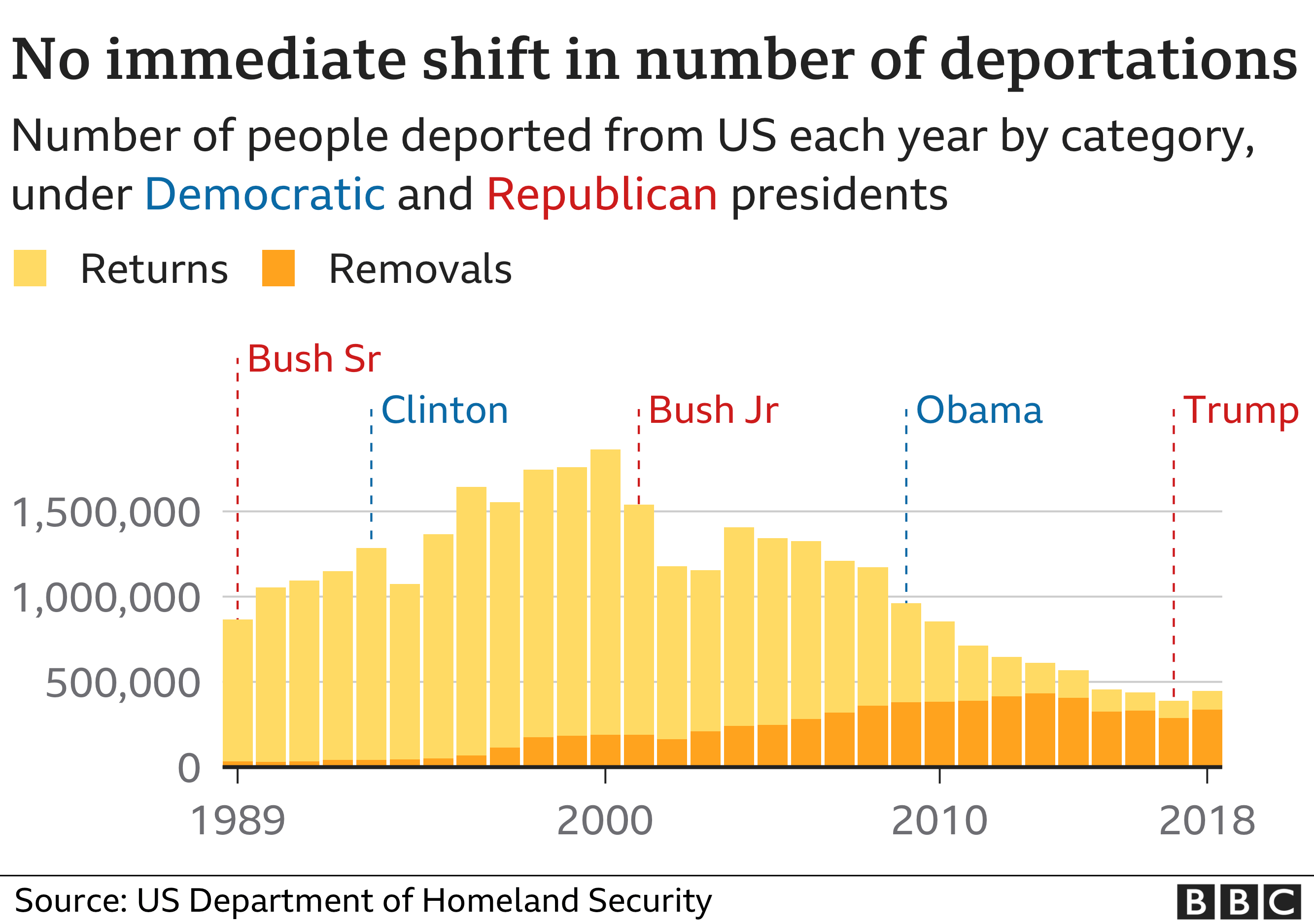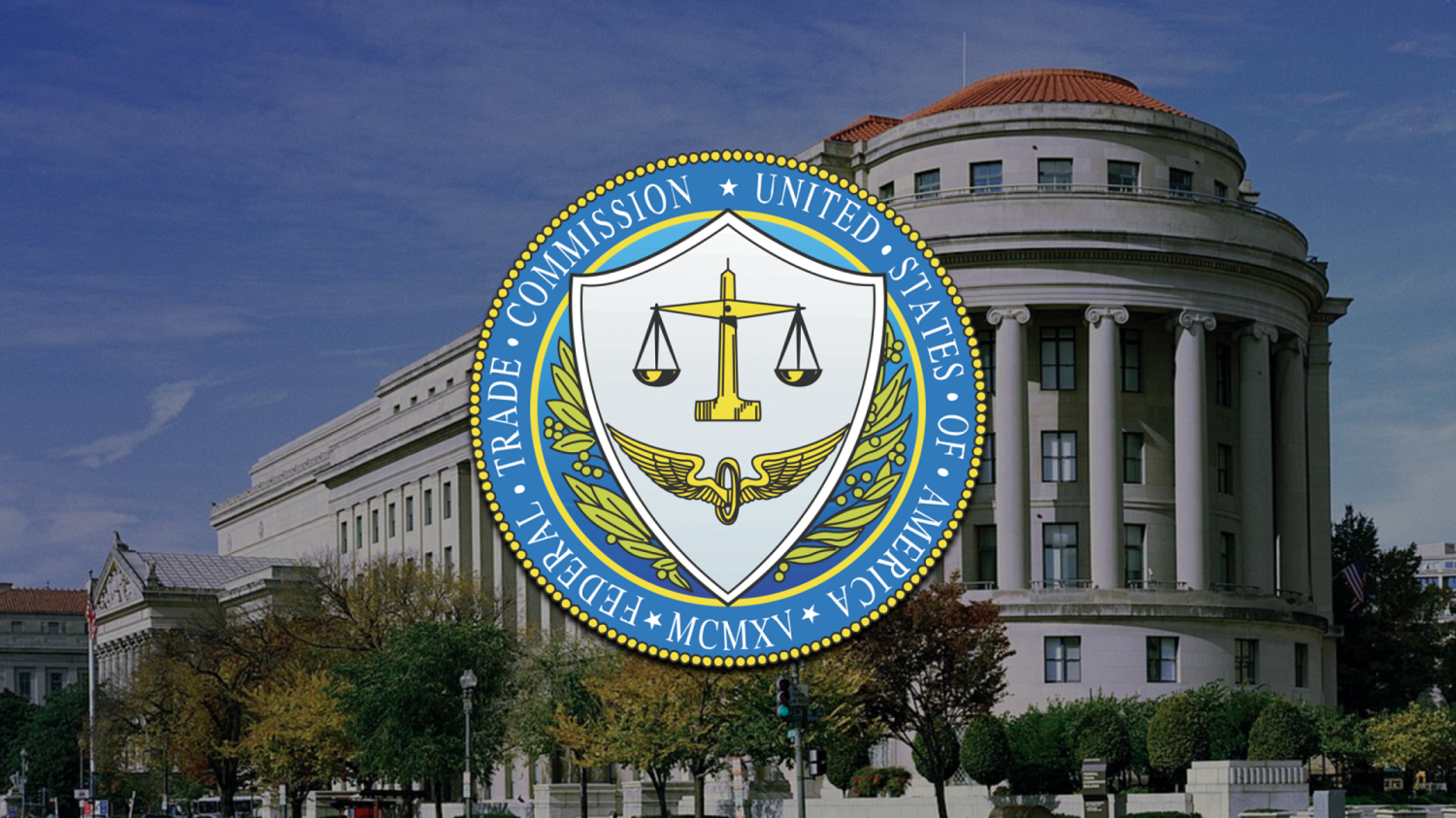AI Regulation Showdown: Trump Administration Vs. European Union

Table of Contents
The Trump Administration's Approach to AI Regulation
The Trump administration's approach to AI regulation can be characterized as largely laissez-faire. This strategy prioritized fostering AI innovation and economic competitiveness through minimal government intervention. This "deregulation" approach, however, presented both opportunities and risks.
A Laissez-Faire Approach
The Trump administration generally avoided extensive, specific AI regulations. This reflected a belief that free-market principles would drive responsible AI development and innovation. However, this hands-off approach lacked the proactive safeguards adopted elsewhere.
- Limited Federal AI-Specific Legislation: No major federal legislation directly addressing AI development, data privacy, or algorithmic transparency was enacted during this period.
- Focus on Self-Regulation: The administration largely relied on industry self-regulation and voluntary guidelines, leaving many concerns unaddressed.
- Emphasis on Economic Growth: The primary focus remained on maximizing economic benefits from AI, potentially overlooking ethical considerations and potential societal harms.
This approach risked lagging behind in addressing critical issues such as algorithmic bias, data security breaches, and the ethical implications of increasingly autonomous AI systems. While fostering innovation was a positive outcome, the lack of regulatory oversight potentially hampered the development of responsible AI practices.
Focus on National Security Implications
Despite the overall laissez-faire approach, the Trump administration recognized the significant implications of AI for national security and defense. This led to increased investment in and focus on military applications of AI.
- Investment in Military AI: Significant funding was allocated to research and development of AI for military purposes, including autonomous weapons systems.
- AI-focused National Security Strategies: Several government reports and executive orders addressed AI's role in national security, highlighting both opportunities and challenges.
- Concerns about AI proliferation: The administration also acknowledged the potential threats posed by the proliferation of AI technology and the need for international cooperation on AI security.
While bolstering national security through AI advancements was a priority, the lack of comprehensive ethical guidelines surrounding military AI use raised considerable concern.
The European Union's Approach to AI Regulation
The European Union's approach to AI regulation stands in stark contrast to that of the Trump administration. The EU has prioritized a more proactive and comprehensive regulatory framework, emphasizing data protection, algorithmic transparency, and ethical considerations.
The GDPR and its Impact on AI
The General Data Protection Regulation (GDPR), enacted in 2018, indirectly but significantly influences AI regulation within the EU. Its strict data protection standards have profoundly impacted how AI companies collect, use, and process personal data.
- Consent and Data Minimization: AI systems relying on personal data must obtain explicit consent and only collect the minimum necessary data.
- Data Portability and Right to be Forgotten: Individuals have the right to access, correct, and delete their personal data used by AI systems.
- Impact on AI Development: The GDPR necessitates robust data governance practices, influencing the design and deployment of AI systems within the EU.
This indirect approach through data protection has already shaped the development of AI, pushing for greater transparency and accountability.
The Proposed AI Act
The EU's proposed AI Act represents a significant step towards establishing a comprehensive framework for AI regulation. It categorizes AI systems based on their risk levels, imposing stricter requirements on high-risk applications.
- Risk-Based Approach: The AI Act categorizes AI systems into different risk levels (unacceptable risk, high-risk, limited risk, minimal risk), with stricter regulations for higher-risk applications.
- High-Risk AI Systems: High-risk AI systems, such as those used in healthcare, transportation, and law enforcement, face stringent requirements regarding transparency, accountability, and human oversight.
- Compliance and Enforcement: The AI Act includes provisions for compliance and enforcement, aiming to ensure that AI systems meet the required standards.
The proposed AI Act aims to strike a balance between fostering AI innovation and mitigating potential risks, making the EU a global leader in responsible AI development.
Comparing and Contrasting the Two Approaches
| Feature | Trump Administration | European Union |
|---|---|---|
| Philosophy | Laissez-faire, minimal government intervention | Proactive, risk-based regulation |
| Data Privacy | Limited focus, reliance on self-regulation | GDPR-centric, strong data protection emphasized |
| Algorithmic Transparency | Minimal requirements | Significant emphasis, particularly for high-risk systems |
| Ethical Considerations | Largely overlooked | Central focus, integral to regulatory framework |
| Innovation | Prioritized through deregulation | Balanced with ethical considerations and risk mitigation |
| Potential Consequences | Faster innovation, potential for ethical lapses | Slower innovation, increased ethical safeguards |
The contrasting approaches have significant global implications. The EU's proactive regulation could set a global standard for responsible AI development, potentially impacting businesses worldwide. The Trump administration's approach, while fostering innovation, left ethical concerns and data protection largely unaddressed. This lack of a consistent global regulatory framework creates an uneven playing field and could lead to fragmented AI markets.
Conclusion: AI Regulation Showdown: A Global Perspective
The AI regulatory approaches of the Trump administration and the European Union represent fundamentally different philosophies. The Trump administration's laissez-faire approach prioritized rapid innovation, while the EU's proactive stance emphasized ethical considerations and data protection. The long-term consequences of these divergent strategies remain to be seen, but it's clear that a balanced approach is crucial – one that fosters innovation while addressing the ethical, societal, and security implications of AI. We must strive for AI regulation best practices that ensure responsible AI development and protect citizens' rights. The future of AI regulation requires ongoing dialogue, research, and collaboration to navigate the complexities of this rapidly evolving technological landscape. Stay informed about the evolving landscape of AI regulation globally and engage in discussions about ethical AI to contribute to shaping the future of this transformative technology.

Featured Posts
-
 The Karen Read Trials A Chronological Overview
Apr 26, 2025
The Karen Read Trials A Chronological Overview
Apr 26, 2025 -
 Open Ai Facing Ftc Investigation Analyzing The Potential Impacts
Apr 26, 2025
Open Ai Facing Ftc Investigation Analyzing The Potential Impacts
Apr 26, 2025 -
 Ftcs Appeal Against Microsoft Activision Merger Approval
Apr 26, 2025
Ftcs Appeal Against Microsoft Activision Merger Approval
Apr 26, 2025 -
 Is Gold A Safe Haven Asset During Trade Wars A Look At The Recent Price Rally
Apr 26, 2025
Is Gold A Safe Haven Asset During Trade Wars A Look At The Recent Price Rally
Apr 26, 2025 -
 Investing In The Future A Look At Reselling Stakes In Musks Private Companies
Apr 26, 2025
Investing In The Future A Look At Reselling Stakes In Musks Private Companies
Apr 26, 2025
